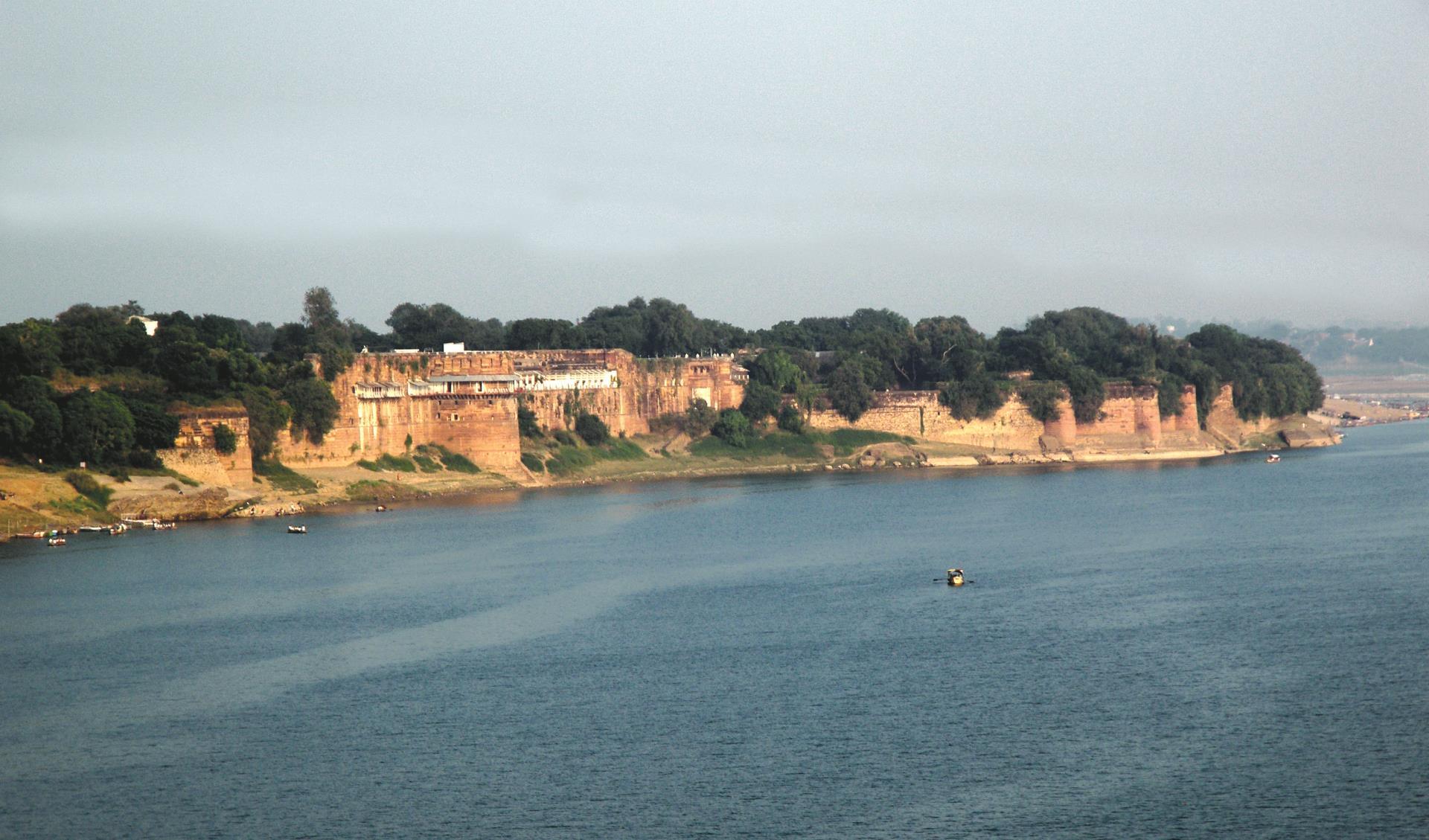Allahabad Fort is a fort built by the Mughal emperor Akbar at Allahabad, Uttar Pradesh India in 1583. A stone inscription inside fort describe 1583 as a foundation year. The fort stands on the banks of the Yamuna near its confluence with the river Ganges. It is recognised by as a monument of national importance.
History
The Allahabad Fort was constructed by the Mughal Emperor Akbar in 1583. Abu’l-Fazl, in his Akbarnama writes:
“For a long time [Akbar’s] desire was to found a great city in the town of Piyag [Prayag], where the rivers Ganges and Jamna join, and which is regarded by the people of India with much reverence, and which is a place of pilgrimage for the ascetics of that country, and to build a choice fort there”.— Abu’l Fazl, Akbarnama
Akbar named the fort Illahabas (“blessed by Allah“), which later became “Allahabad”. According to Catherine Asher, the construction of the fort was a response to several uprisings that had been taking place in eastern India. Besides the strategic location of Allahabad, Akbar is also thought to have been motivated by the ability to collect taxes from the large number of pilgrims visiting the Triveni Sangam. However, this seems unlikely, considering the fact that Akbar abolished the existing pilgrim taxes in 1563.
Akbar’s fort was constructed in such a way that it enclosed the famous Akshayavat tree, where people would commit suicide in order to achieve salvation. The reason for this is not known, although some sources claim that he did it to prevent people from committing suicide. According to a local legend, Akbar was a Hindu ascetic named Mukunda Brahmachari in his previous birth. Once, by mistake, he consumed a cow’s hair while drinking milk. Horrified at this sin (cow being holy animmal), he committed suicide. He was born a mlechchha (non-Hindu) as a result of this sin, and was driven to build a fort at the holy Sangam.[4]
The local Prayagwal Brahmins claim that Akbar repeatedly failed to construct the fort, because its foundation would sink in the sand each time. The emperor was told that a human sacrifice was required to proceed. A local Brahmin voluntarily sacrificed himself, and in return, Akbar granted his descendants — the Prayagwals — the exclusive rights of servicing the pilgrims at the Sangam.
The Allahabad Fort is the largest fort built by Akbar. This fort has three galleries flanked by high towers.
Revolt by Salim
In 1600, Mughal prince Salim (future emperor Jahangir) revolted against his father Akbar and established his own court in the Allahabad fort. He commanded very little territory and was reconciled with his father shortly after.







Leave a Reply